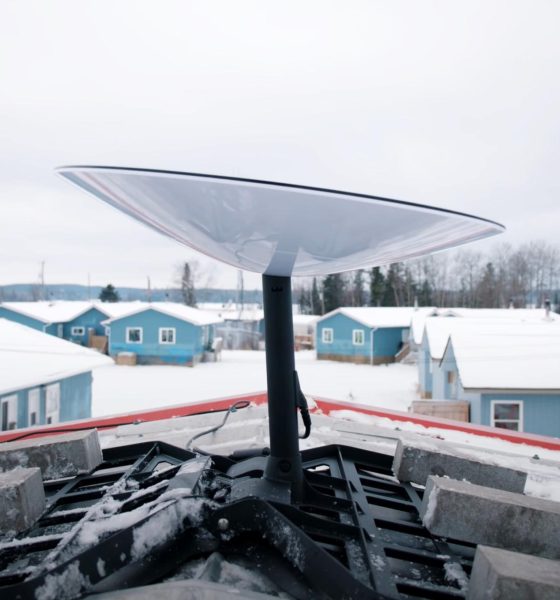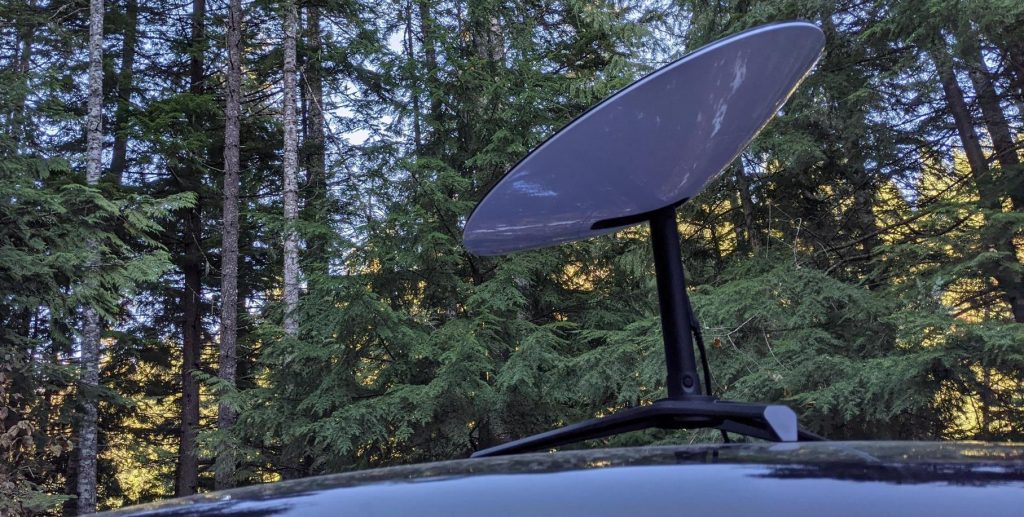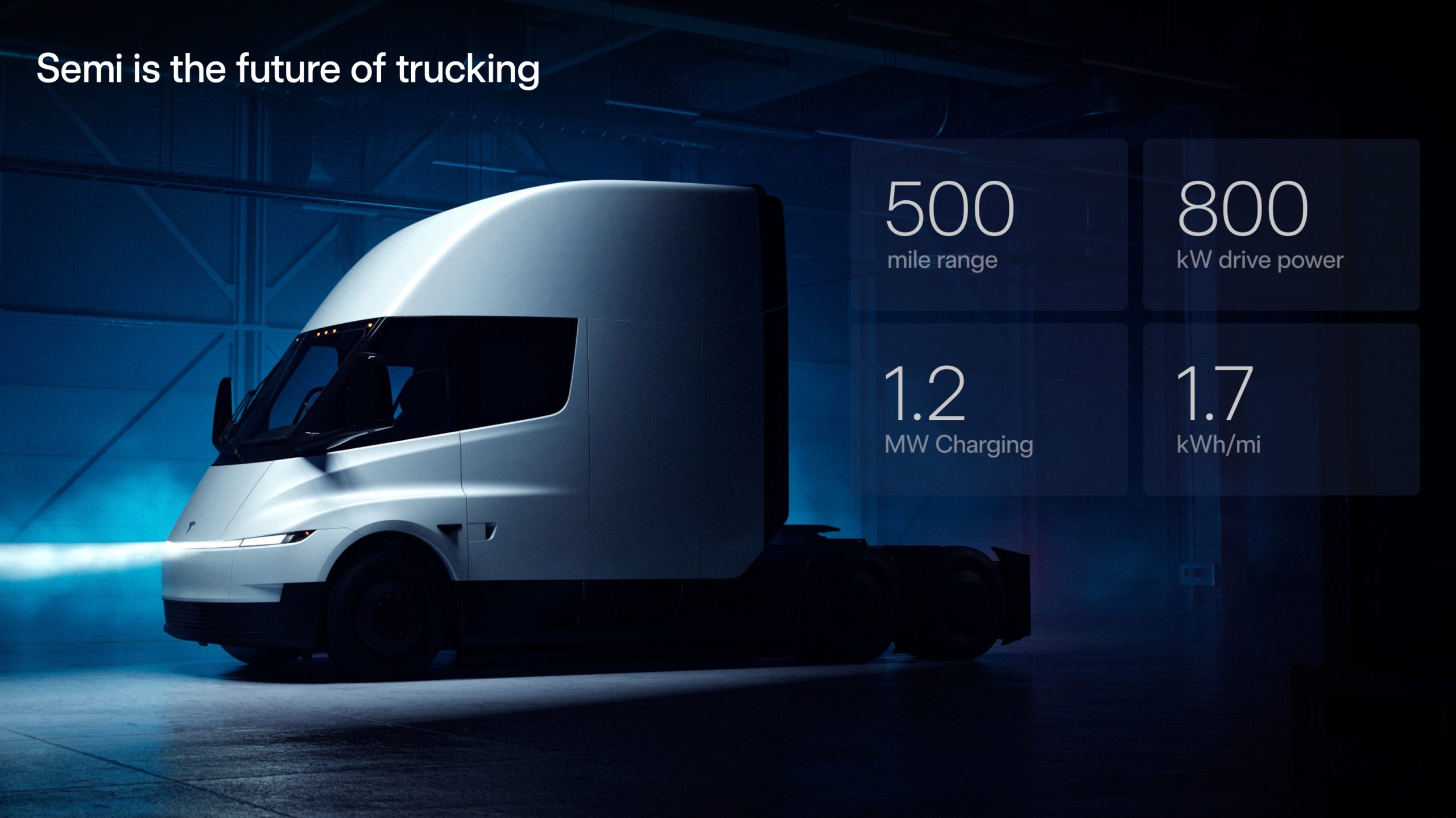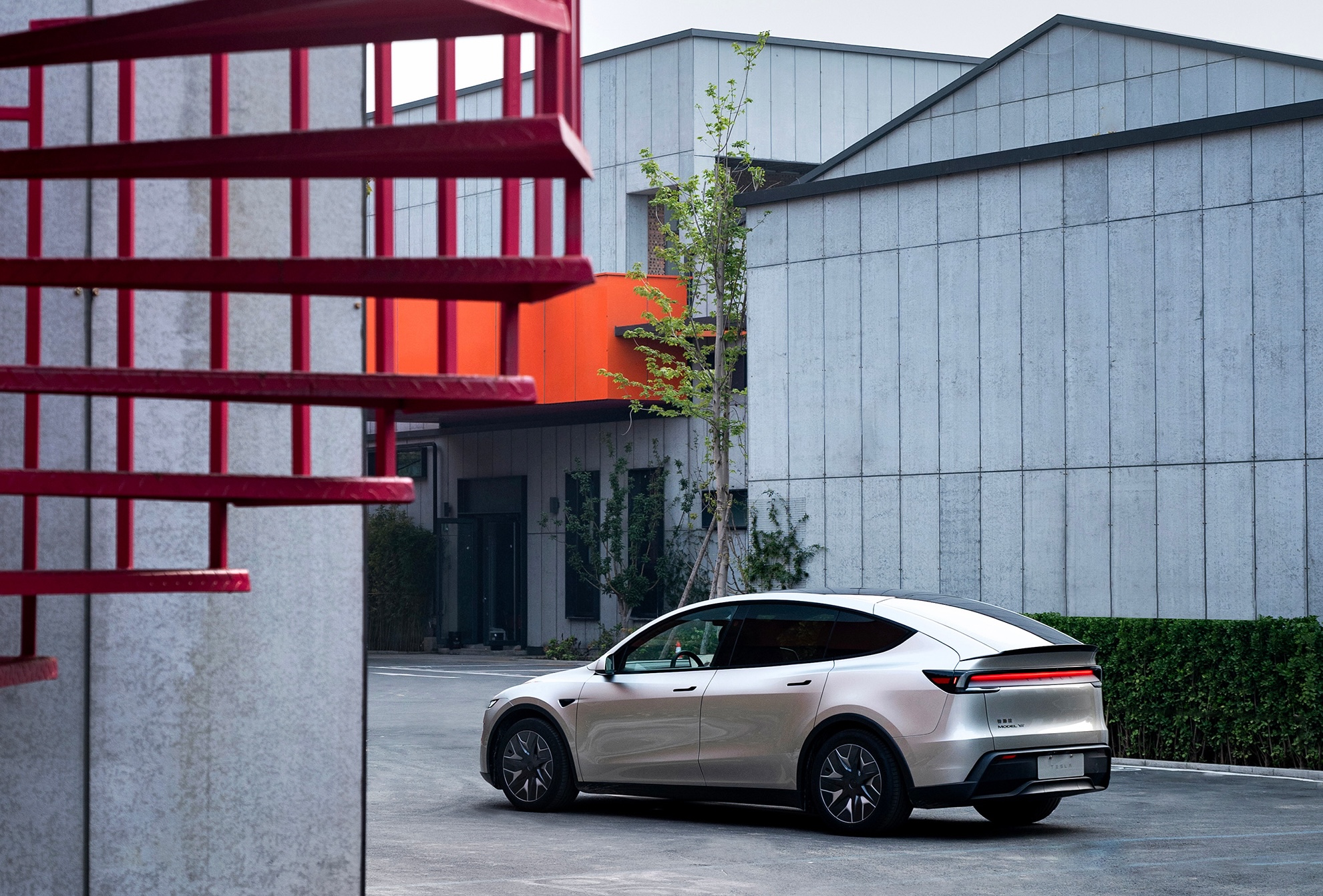

News
US military wants SpaceX to create a miniature, battery-powered Starlink dish
The US Department of Defense wants to find out if SpaceX can make a miniature, wireless version of the antennas currently used to connect to Starlink satellite internet.
The US Special Operations Command (USSOCOM) announced its interest in miniaturized Starlink terminals as part of a Broad Agency Announcement (BAA) soliciting proposals for dozens of small research and development projects under the US Small Business Innovation Research (SBIR) program. At this stage, just hours after the round of SBIR proposal requests was published, it’s unclear if the US military is already coordinating with SpaceX on the topic of human-portable Starlink antennas or if the request is open to proposals from anyone.
Still, said request [PDF] does provide some intriguing details about its primary goals.
Portable Starlink SBIR US DoD SOCOM by Eric Ralph on Scribd
Hat-tip to Michael Sabo for spotting the SBIR.
In short, the purpose of the research topic is to “conduct a feasibility study to assess” whether it’s possible to “develop a small form factor system that enables reliable access to the Starlink commercial internet system.” In essence, as increasingly capable radio, data, and internet links have become a virtual necessity for a majority of people in the modern world, the same is true for military operations – connectivity is more useful and strategically essential than ever before.
Along those lines, US SOCOM wants to determine if it’s possible to develop an antenna that can connect to SpaceX’s vast Starlink satellite constellation while still being small and efficient enough for individual soldiers to carry – and operate – while on the move. Of note, the SBIR would necessarily be open to virtually any American business or individual capable of meeting its goals – not just SpaceX, in other words. As of today, SpaceX has never mentioned an interest in or willingness to allow third-party suppliers to develop Starlink-compatible antennas – a move that would undoubtedly make waves. As such, it seems safe – but perhaps not entirely safe – to assume that SOCOM is releasing this proposal request under the implicit assumption that only proposals from SpaceX itself will be considered.

Simultaneously, a miniature, battery-powered antenna capable of connecting to Starlink and providing a “reliable internet connection” would obviously be of immense commercial interest to both SpaceX and competing low Earth orbit internet constellation companies like OneWeb and Amazon. It’s unclear if accepting government funds and performing development under an SBIR grant – particularly for US military special forces – would interfere with SpaceX’s ability to commercialize the same wireless antenna for civilian use.
Of note, SpaceX CEO Elon Musk has already stated that a miniature mobile Starlink antenna “sounds like a good idea,” though there has been no sign of any work on such a device.
Regardless, the DoD will accept proposals for the latest batch of SBIR contracts between May 19th and June 19th. If SOCOM ultimately chooses to award a Phase I contract and the resulting feasibility study concludes that human-portable Starlink antennas are within the realm of possibility, SpaceX (or unlikely third-party offerors) could move from theoretical or laboratory research to prototype development through a Phase II proposal. A hypothetical Phase III proposal would follow up Phase II with a focus on building and testing a substantial number of prototypes in the field, possibly resulting in an operational procurement contract.

News
Tesla Semi just got a huge vote of confidence from 300-truck fleet
The confidential meeting marks a major step for the mid-sized carrier in evaluating the electric truck for its regional routes.

The Tesla Semi is moving closer to broader fleet adoption, with Keller Logistics Group wrapping up a key pre-production planning session with the electric vehicle maker’s team this week.
The confidential meeting marks a major step for the mid-sized carrier in evaluating the electric truck for its regional routes.
Keller’s pre-production Tesla Semi sessions
Keller Logistics Group, a family-owned carrier with over 300 tractors and 1,000 trailers operating in the Midwest and Southeast, completed the session to assess the Tesla Semi’s fit for its operations. The company’s routes typically span 500-600 miles per day, positioning it as an ideal tester for the Semi’s day cab configuration in standard logistics scenarios.
Details remain under mutual NDA, but the meeting reportedly focused on matching the truck to yard, shuttle and regional applications while scrutinizing economics like infrastructure, maintenance and incentives.
What Keller’s executives are saying
CEO Bryan Keller described the approach as methodical. “For us, staying ahead isn’t a headline, it’s a habit. From electrification and yard automation to digital visibility and warehouse technology, our teams are continually pressure-testing what’s next. The Tesla Semi discussion is one more way we evaluate new tools against our standards for safety, uptime, and customer ROI. We don’t chase trends, we pressure-test what works,” Keller said.
Benjamin Pierce, Chief Strategy Officer, echoed these sentiments. “Electrification and next-generation powertrains are part of a much broader transformation. Whether it’s proprietary yard systems like YardLink™, solar and renewable logistics solutions, or real-time vehicle intelligence, Keller’s approach stays the same, test it, prove it, and deploy it only when it strengthens service and total cost for our customers,” Pierce said.
News
Tesla extends FSD Supervised ride-alongs in Europe by three months
Needless to say, it does appear that FSD fever is starting to catch in Europe.

Tesla appears to be doubling down on its European Full Self-Driving (Supervised) push, with the company extending its demo ride-along program by three months until the end of March 2026. The update seems to have been implemented due to overwhelming demand.
Needless to say, it does appear that FSD fever is starting to catch in Europe.
Extended FSD demonstrations
Tesla EU Policy and Business Development Manager Ivan Komušanac shared on LinkedIn that the company is offering ride-along experiences in Germany, France and Italy while working toward FSD (Supervised) approval in Europe.
He noted that this provides a great feedback opportunity from the general public, encouraging participants to record and share their experiences. For those unable to book in December, Komušanac teased more slots as “Christmas presents.”
Tesla watcher Sawyer Merritt highlighted the extension on X, stating that dates now run from December 1, 2025, to March 31, 2026, in multiple cities including Stuttgart-Weinstadt, Frankfurt and Düsseldorf in Germany. This suggests that the FSD ride-along program in Europe has officially been extended until the end of the first quarter of 2026.
Building momentum for European approval
Replies to Merritt’s posts buzzed with excitement, with users like @AuzyMale noting that Cologne and Düsseldorf are already fully booked. This sentiment was echoed by numerous other Tesla enthusiasts on social media. Calls for the program’s expansion to other European territories have also started gaining steam, with some X users suggesting Switzerland and Finland as the next locations for FSD ride-alongs.
Ultimately, the Tesla EU Policy and Business Development Manager’s post aligns with the company’s broader FSD efforts in Europe. As per recent reports, Tesla recently demonstrated FSD’s capabilities for Rome officials. Reporters from media outlets in France and Germany have also published positive reviews of FSD’s capabilities on real-world roads.
News
Tesla’s six-seat extended wheelbase Model Y L sold out for January 2026
Estimated delivery dates for new Tesla Model Y L orders now extend all the way into February 2026.

The Tesla Model Y L seems to be in high demand in China, with estimated delivery dates for new orders now extending all the way into February 2026.
This suggests that the Model Y L has been officially sold out from the rest of 2025 to January 2026.
Model Y L estimated delivery dates
The Model Y L’s updated delivery dates mark an extension from the vehicle’s previous 4-8 week estimated wait time. A detailed chart shared by Tesla data tracker @Tslachan on X shows the progressions of the Model Y L’s estimated delivery dates since its launch earlier this year.
Following its launch in September, the vehicle was given an initial October 2025 estimated delivery date. The wait times for the vehicle were continually updated over the years, until the middle of November, when the Model Y L had an estimated delivery date of 4-8 weeks. This remained until now, when Tesla China simply listed February 2026 as the estimated delivery date for new Model Y L orders.
Model Y demand in China
Tesla Model Y demand in China seems to be very healthy, even beyond the Model Y L. New delivery dates show the company has already sold out its allocation of the all-electric crossover for 2025. The Model Y has been the most popular vehicle in the world in both of the last two years, outpacing incredibly popular vehicles like the Toyota RAV4. In China, the EV market is substantially more saturated, with more competitors than in any other market.
Tesla has been particularly kind to the Chinese market, as it has launched trim levels for the Model Y in the country that are not available anywhere else, such as the Model Y L. Demand has been strong for the Model Y in China, with the vehicle ranking among the country’s top 5 New Energy Vehicles. Interestingly enough, vehicles that beat the Model Y in volume like the BYD Seagull are notably more affordable. Compared to vehicles that are comparably priced, the Model Y remains a strong seller in China.








